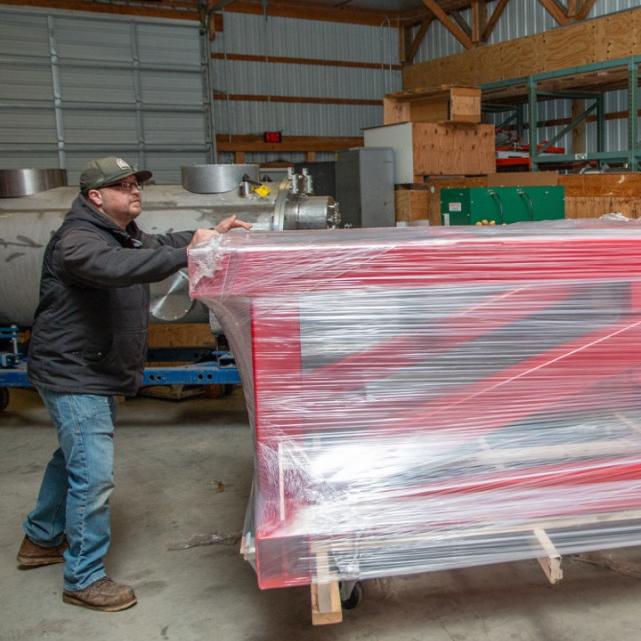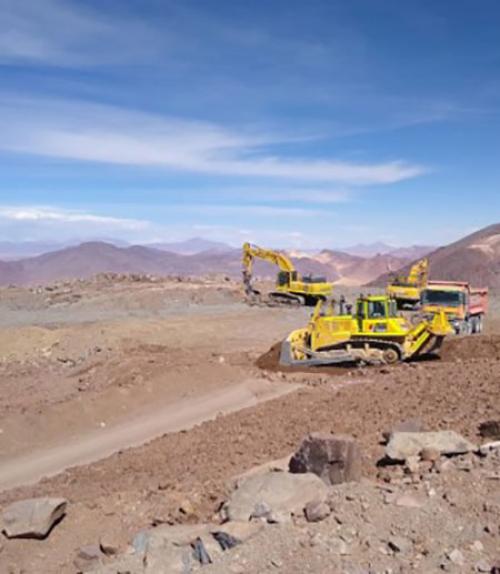
 Department Homepage
Department Homepage
Ground broken in Chile for alum-backed telescope
The telescope itself will arrive in mid- to late 2022, with first light anticipated in 2023.




